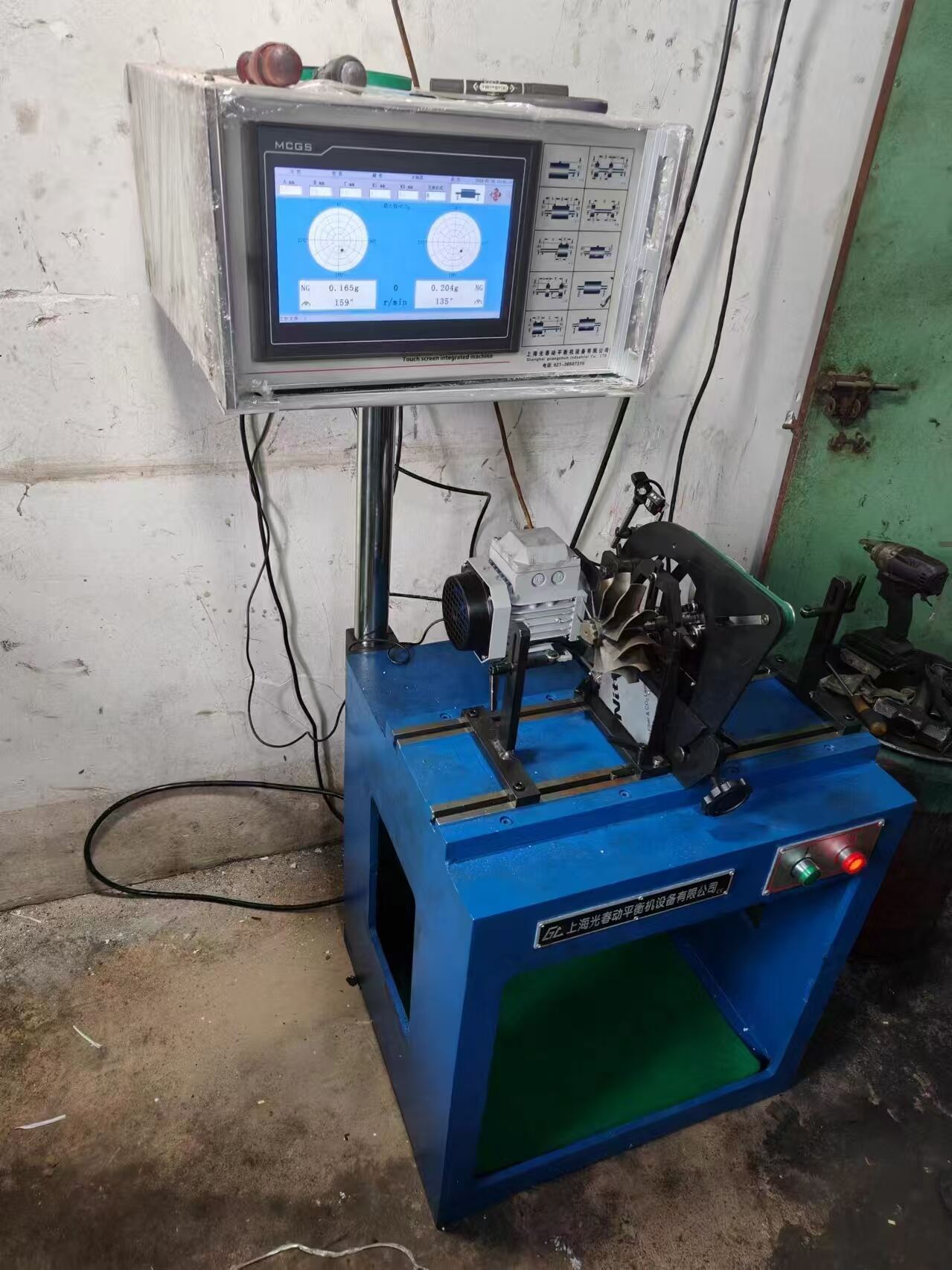static and dynamic balancing machine
Static and dynamic balancing machines represent essential equipment in modern manufacturing, designed to detect and correct imbalances in rotating components. These sophisticated devices combine precision engineering with advanced sensing technology to ensure optimal performance of rotating parts. The machines operate on two fundamental principles: static balancing, which addresses single-plane imbalance, and dynamic balancing, which handles multi-plane irregularities. Static balancing identifies the heavy spot in a rotor by allowing it to rotate freely under gravitational force, while dynamic balancing measures forces during high-speed rotation. These machines utilize advanced sensors and computerized analysis systems to detect even minimal imbalances, typically measuring in micrometers. The technology incorporates precision measuring instruments, including accelerometers and force transducers, to capture real-time data during the balancing process. Applications span across numerous industries, including automotive manufacturing, aerospace components, industrial machinery, and precision instruments. The machines can handle components ranging from small turbine blades to large industrial rotors, with capabilities varying from a few grams to several tons. Modern balancing machines often feature automated correction systems, digital displays, and integrated software for data analysis and reporting, making them indispensable tools in quality control and maintenance operations.


